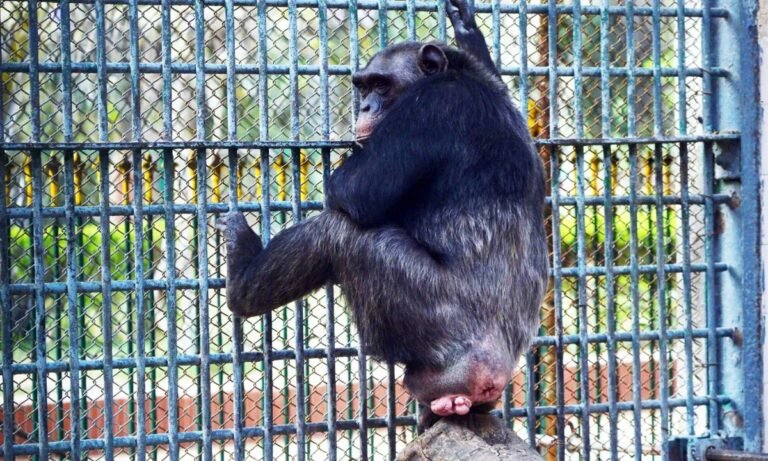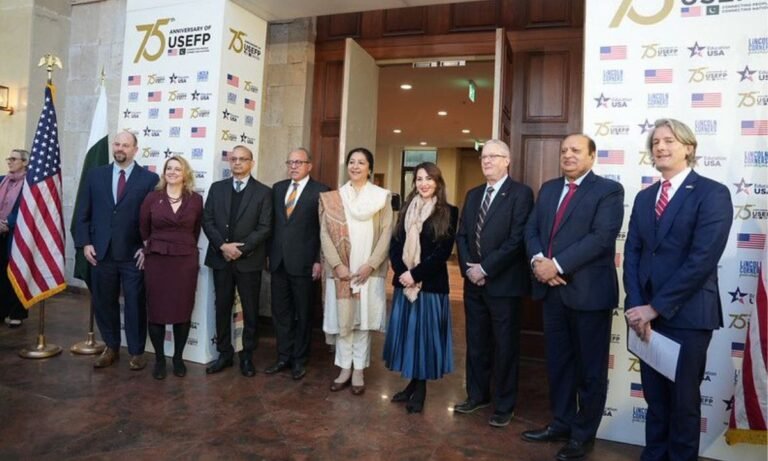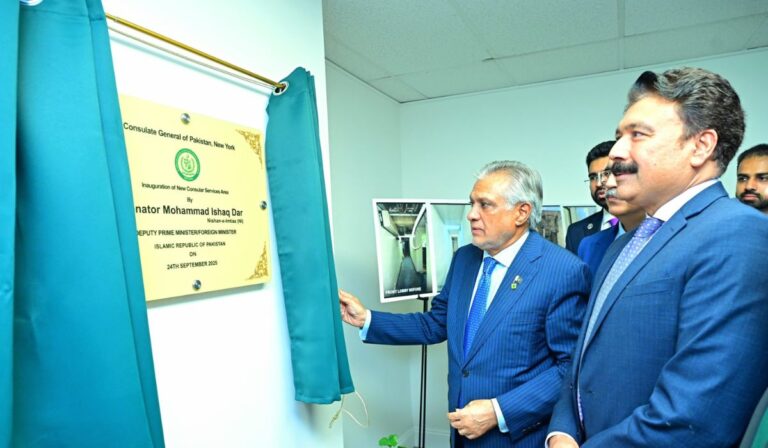Coastal Ecosystems Vital For Migratory Birds, Livelihoods: Maritime Minister
ISLAMABAD: Federal Minister for Maritime Affairs Muhammad Junaid Anwar Chaudhry says Pakistan’s coastline and marine ecosystems are essential for hundreds of migratory bird species that support global biodiversity and help sustain local fisheries and communities.
In a message marking World Migratory Bird Day, Junaid Chaudhry called for stronger national and regional cooperation to protect coastal habitats that serve as vital stopovers for birds traveling across continents.Pakistan launches Rs90m project to protect sea turtles in shrimp trawling
He noted that coastal and marine zones are part of the Indus Flyway, one of the world’s major migratory routes linking Central Asia and Siberia with the Arabian Sea. “Every year, thousands of birds depend on our wetlands, mangrove forests, estuaries, and tidal creeks for food and rest along their journey,” he said.
Citing findings from the Sustainable Development Policy Institute and the Bank of Punjab, Chaudhry said domestic coastal tourism generates around $300 million annually, roughly 0.1 percent of the GDP. “We want to strengthen the economy by connecting tourism with the wetland ecosystem,” he added.
The minister warned that unchecked coastal development, pollution, and habitat loss are putting these fragile ecosystems at risk. He urged stronger conservation efforts and sustainable management to protect them for future generations.
World Migratory Bird Day, observed globally on October 10 and 11, carries the theme “Shared Spaces: Creating Bird-Friendly Cities and Communities,” which highlights the need for coexistence between people and wildlife in both natural and urban areas.
Chaudhry said Pakistan’s participation in the observance reflects its commitment to international conservation agreements, including the Ramsar Convention on Wetlands and the Convention on Migratory Species.
He identified several key habitats along the Indus Delta, including tidal creeks, mudflats, and dense mangrove forests that provide crucial feeding and roosting grounds for migratory waterbirds and shorebirds. The Thatta and Keti Bandar coasts, rich in mangroves and wetlands, regularly attract flamingos, herons, ducks, and other species. The Korangi Creek and Hawksbay areas near Karachi also serve as important resting points for birds traveling along the Arabian Sea.
Further west, Balochistan’s southern coastline, with its mudflats and sandy shores, supports large numbers of migratory birds. Sites such as Miani Hor and Sonmiani Bay are especially important, sustaining diverse bird and marine life throughout the migration season.
Chaudhry emphasized that these coastal regions are not only vital for wildlife but also for local communities that depend on fishing and eco-tourism. He said preserving migratory bird habitats requires a careful balance between economic growth and environmental protection. Strengthening wetland protection, restoring mangroves, and empowering community-led conservation, he added, will help ensure Pakistan’s coasts remain both ecologically vibrant and economically sustainable.






